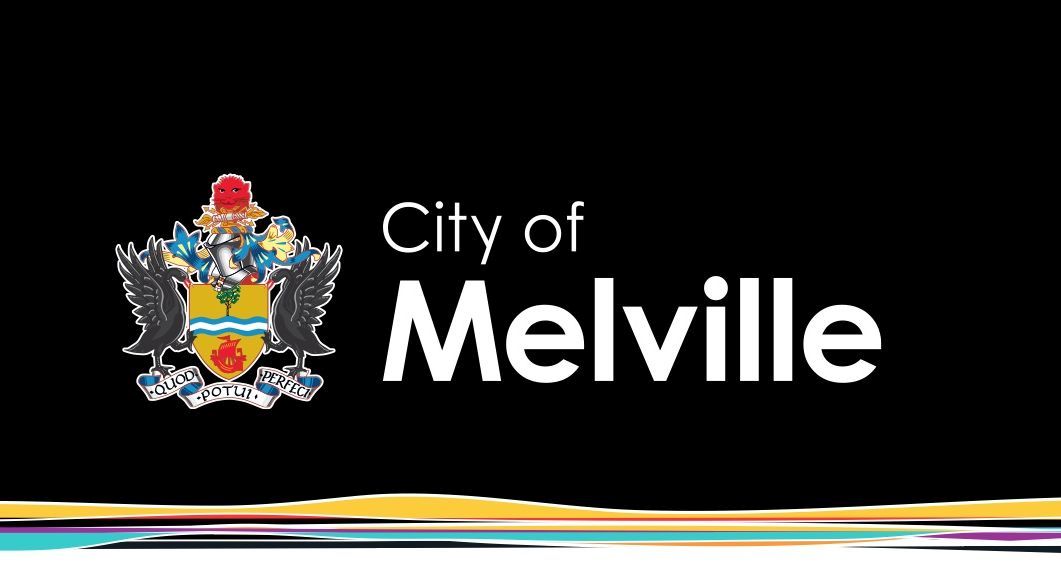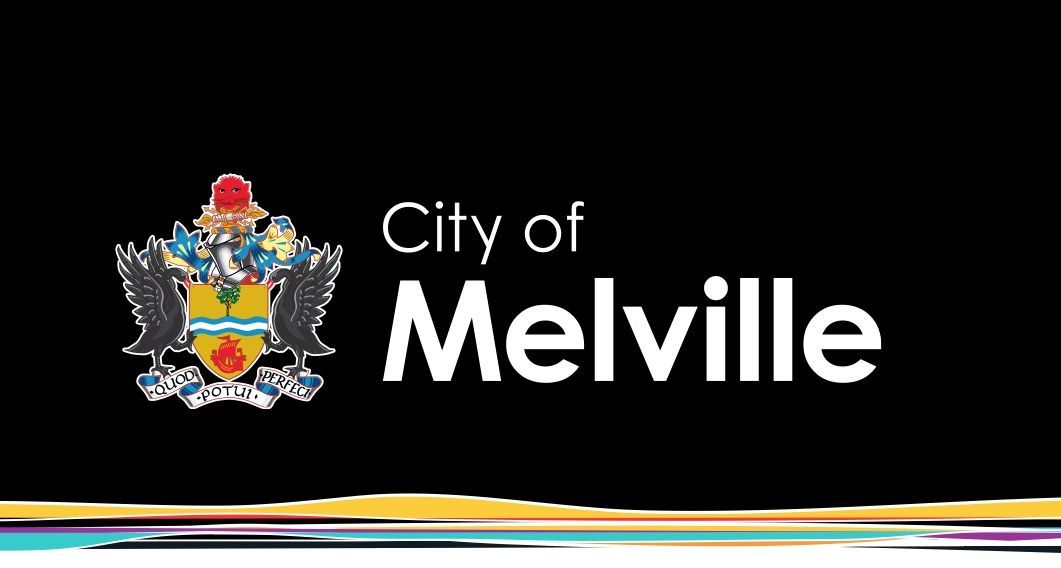Title Page
-
Document No.
-
Name of Premises
-
Address
-
Conducted on
-
Officer
-
Contact Name
-
Position title
-
Email
-
Contact number
System summary
System Summary
-
Number of towers
-
Locations
-
Periods of operation
- Continuous
- Timed
- Week days
- Intermittent
- Standby
-
Primary treatment
- Bromine
- Non-oxidising biocide
- Chlorine dioxide
- Ozone
- UV
- Other
-
Details of treatment
-
Secondary treatment?
-
Secondary treatment details
- Bromine
- Non-oxidising biocide
- Chlorine dioxide
- Ozone
- UV
- Other
-
Details of treatment
-
Dosing
- Automatic Feedback
- Automatic Proportional
- Automatic timed
- Manual
-
Date of Installation
-
The Operation and Maintenance of air-handling and water systems and cooling towers installed in buildings prior to 24/9/1994 must be undertaken as per Australian Standard 3666 AS/NZ3666.2.2011 Air handling and water systems of buildings -Microbial control - Part 2: Operation and maintenance and AS/NZS3666.3.2011 Air handling and water systems of buildings - Microbial control - Part 3: Performance based maintenance of cooling water systems.
-
The design and installation of air handling and water systems and cooling towers installed in buildings after 24/9/1994 must be as per Australian Standard AS/NZS 3666.1.2011 Air handling and water systems of buildings- microbial control- part 1: Design, installation and commissioning and the operation and maintenance of air handling and water systems and cooling towers installed in buildings must be undertaken as per Australian standard 3666 AS/NZS3666.2:2011 Air handling and water systems of buildings- microbial control- part 2: Operation and maintenance and AS/NZS3666.3:2011 Air handling and water systems of buildings- Microbial control- Part 3: Performance based maintenance of cooling water systems.
Maintenance Manual / Records
Maintenance Manuals
-
Are operating and maintenance manuals maintained for all plant, equipment, water treatment equipment and systems that are the subject of AS 3666
-
Do operating and maintenance manuals include the following?
-
Physical details of the plant, equipment and systems and pre-treatment carried out
-
Recommendations on maintenance including water treatment maintenance and management
-
The manufacturer's recommendations for checking, calibrating and maintaining all probes and sensors
-
Recommended cleaning, disinfection and emergency decontamination procedures
-
Start up, operating and shut down procedures
-
Particulars of the maintenance management program including plant servicing, cleaning schedules, replacement periods for equipment items eg chemical dosing lines
-
Comments
Maintenance Records
-
Are up to date maintenance reports and service reports maintained for all plant, equipment and systems subject to AS3666
-
Do maintenance records contain at least the following information
-
Date, item of plant, equipment, equipment or system and nature of service performed
-
Results of periodic testing carried out
-
Details of defects found and rectification procedure undertaken
-
The name of the person and company performing the service
-
Are operating and maintenance manuals and maintenance service records readily available at the site for inspection
Operation and Maintenance
Air handling equipment
-
Is there air handling equipment on site?
-
Is the following inspected at least monthly and cleaned or replaced where necessary
-
Outdoor air intakes and exhaust outlets
-
Air filters
-
Spray / steam humidifiers - line strainers, valves, sparge pipes, spray nozzles, spray collectors and components discharging moisture into the airstream
-
Boiling and pan type humidifiers - tanks trays and discharge devices
-
Ducts and components - coils, trays and sumps, condensate drains, tun dishes and traps
-
Is the following inspected at least quarterly and cleaned or replaced where necessary
-
Ducts and components - fans
-
Evaporative air-cooling equipment
-
Sump drained and cleaned
-
Wetted pads - cleaned / replaced as necessary
-
Water strainer- cleaned when necessary
-
Air filter where fitted replace when necessary
-
Drainage system flushed with clean water
-
Pumps and controls - check operation
-
Is the following inspected at least annually and cleaned / replaced where necessary
-
Ducts and components
-
Ductwork in the vicinity of moisture producing equipment
-
Terminal units components including coiils
-
Supply air outlets
-
Return air and relief air grilles
Cooling Water System
-
Are the following risk factors assessed and documented?
-
Stagnant water
-
Presence of water in deadlegs
-
System not in use due to intermittent operation / seasonal usage
-
Nutrient availability / growth
-
Presence of nutrients
-
Presence of biofilm
-
Water temperature
-
Direct sunlight (promotion of algal growth)
-
Poor water quality
-
Cleanliness
-
pH
-
Presence of corrosion products
-
Presence of scale and fouling
-
Conductivity / TDS
-
Control limits out of range
-
Suspended solids (eg from nearby construction work)
-
Control of water treatment chemicals
-
Control of bleed
-
Presence of Protozoa and algae
-
Concentration of other heterotrophic bacteria
-
Presence of and concentration of legionellae
-
Characteristics of make-up water (physical, chemical, microbiological)
-
Microbial control program
-
Deficiencies in the cooling tower system
-
System size (surface area available for biofilm development / water volume)
-
Physical condition of system
-
Open system
-
Aerosol generation
-
Drift elimination ( condition / efficiency)
-
Location and access to cooling towers
-
Aerosol dispersion
-
System location and distance to other cooling water systems, air intakes and passers by.
Treatment
-
Are cooling water systems provided with automatically regulated water treatment systems for effective management of corrosion, scaling, fouling and microbial growth (both sessile and planktonic)?
Monitoring
Legionellae
-
Are representative samples of cooling water taken at least once per month when the system is in use
-
Is an examination and control strategy implemented for the presence of legionellae?
Heterotrophic Microorganisms
-
Are representative samples of cooling water taken at least once per month when the system is in use
-
Is an examination and control strategy implemented for the presence of Heterotrophic Microorganisms?
Water Quality
-
Is the effectiveness of the water quality management system (including water treatment) assessed at least monthly when the system is in use?
-
Is the system water tested for the following?
-
Conductivity/ TDS
-
pH
-
Other criteria necessary for the effective management of corrosion, scaling, fouling and microbial growth (eg concentration of hardness, chloride, biocides, corrosion inhibitor, dispersant)
-
Is the system subject to the following checks?
-
Physical condition of the system
-
Operation of the bleed control system
-
Operation of the makeup water system
-
Cycles of concentration
-
Corrosion rate
-
Adequacy of scale and corrosion inhibitors
-
Cleanliness of wet surfaces (ie free from accumulations of sludge, foam, slime, rust, scale, dirt and larger mineral or organic deposits)
-
Changes in the local environment (eg building demolition or construction)
Water Temperature
-
Is the temperature of the operating system measured at the return line to the cooling tower at least monthly when in use?
-
Is the temperature of the operating system assessed against the expected temperature for the system design and current operating conditions?
-
If the temperature of the operating system falls outside the expected range are the operating conditions for the system, operating pumps and cooling tower fans reviewed?
Decontamination
-
Is the online decontamination procedure carried out in accordance with the following<br><br>a. Dose the recirculating water with a bio dispersant and a halogen based compound, equivalent to at least 5mg/l of free residual chlorine for at least one hour, whilst maintaining an appropriate pH and monitor at intervals of 15 minutes.<br><br>b. Review the water treatment program, tower operation and maintenance program.<br><br>c. Correct any faults and implement any necessary changes.<br><br>d. Record all actions and observations in the maintenance report.<br><br>e. Recommission and repassivate the circulating cooling water system and reinstate the water treatment program.
-
Is the system decontamination carried out in accordance with the procedure outlined below.<br><br>a. Isolate any cooling tower fan to prevent operation.<br><br>b. Dose the recirculating water with a bio dispersant and a halogen based compound, equivalent to at least 5 mg/l of free residual chlorine for at least one hour, whilst maintaining an appropriate pH and monitor at intervals of 15 minutes.<br><br>c. Isolate the cooling tower pumps and drain to the sewer/ trade waste.<br><br>d. Open all system drains temporarily, to flush drain lines with disinfected water.<br><br>e. Clean all wetted surfaces of the cooling tower in accordance with the supplier's instructions or by using water spray and mechanical cleaning as necessary. <br><br>f. Refill the cooling water system and restart water circulation pumps. <br><br>g. Dose the recirculating water with a bio dispersant and a halogen based compound, equivalent to at least 1 to 5 mg/l of free residual chlorine for at least 30 minutes, whilst maintaining an appropriate pH and monitor at intervals of 15 minutes.<br><br>h. Record all actions and observations in the maintenance report.<br><br>i. Recommission the circulating cooling water system and reinstate the water treatment program.
Monitoring - Results and Records
-
Is a report prepared each month detailing the test type, the control range, the test results, remedial actions taken or recommended and the name of the person or organisation undertaking the assessment?
-
Are operating and maintenance manuals, risk assessment reports, test results and maintenance records readily available at the site for inspection by authorised personnel?
Physical Condition
Cooling Towers
-
Are the drift eliminators high efficiency in good condition and effective ( There should be no readily apparent emission of droplets in the exit air-stream.)
-
Is the condition of the pond water satisfactory eg clean, clear, free of excess foam or the build up of silt in the sump?
-
Is the tower interior in good order, free from excess scale and rust spots?
-
Is the water distribution system in the tower accessible, clean and well maintained?
-
Is there evidence that the flow of water across the tower is not even?
-
Is there any biofilm or algal growth
-
Are the tower controls in good order and accessible (dosing lines, meters, pumps, valves, conductivity probes)?
-
Are there signs of water leaking from the tower or pipe work?
-
Is the exterior of the tower in good condition?
-
Are any make-up tanks in good condition?
Actions and Follow-up
Actions
-
Follow-up action
- Nil
- Advice given
- Letter
- Re-inspection
- Prosecution
-
I have read and understood the contents of this assessment
-
Proprietor / Staff name
-
Officer
-
Contact number














